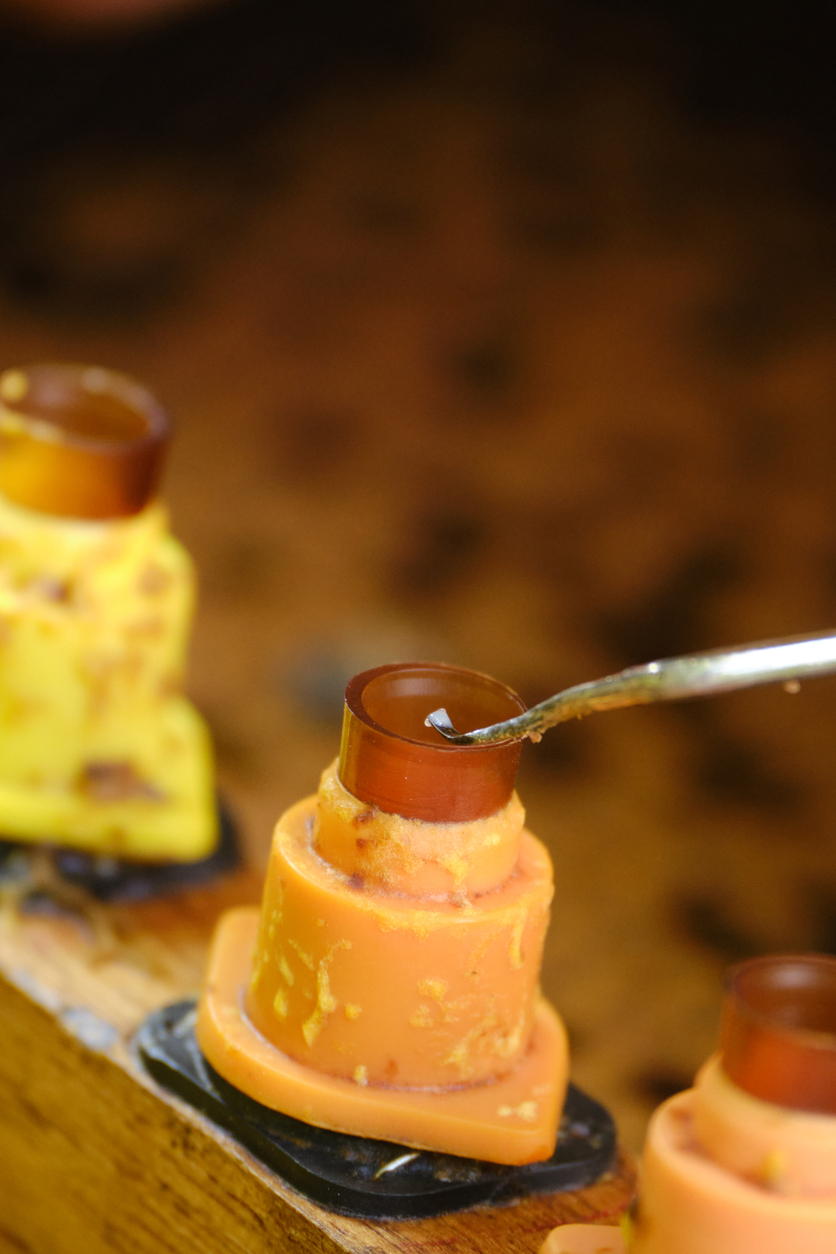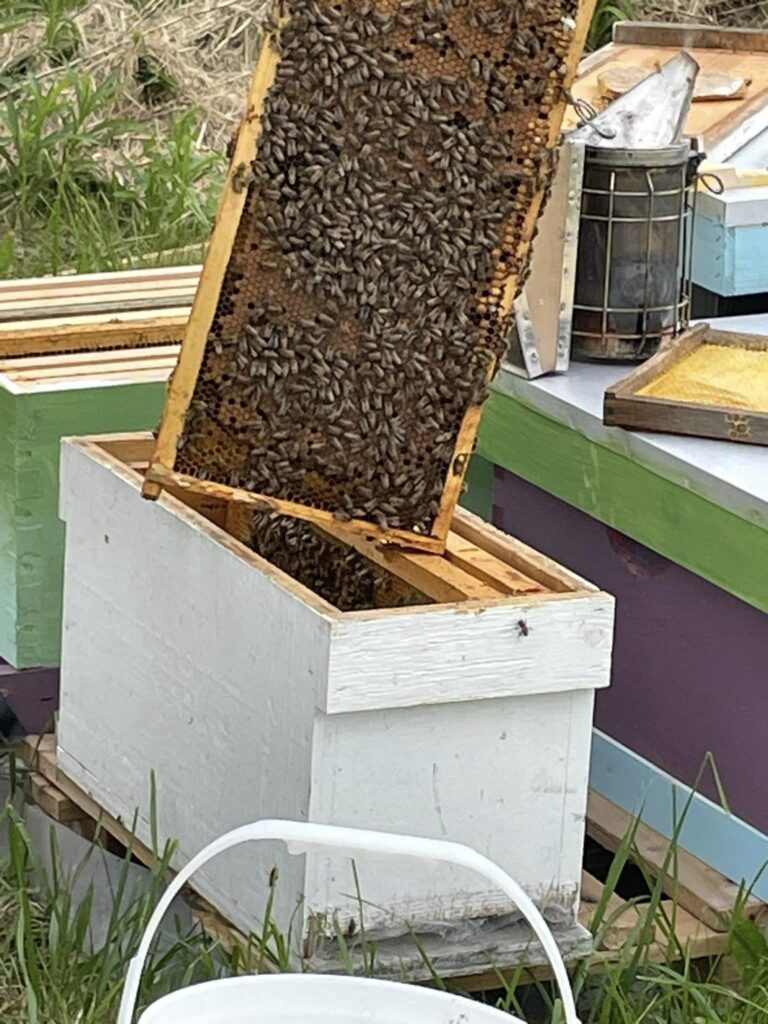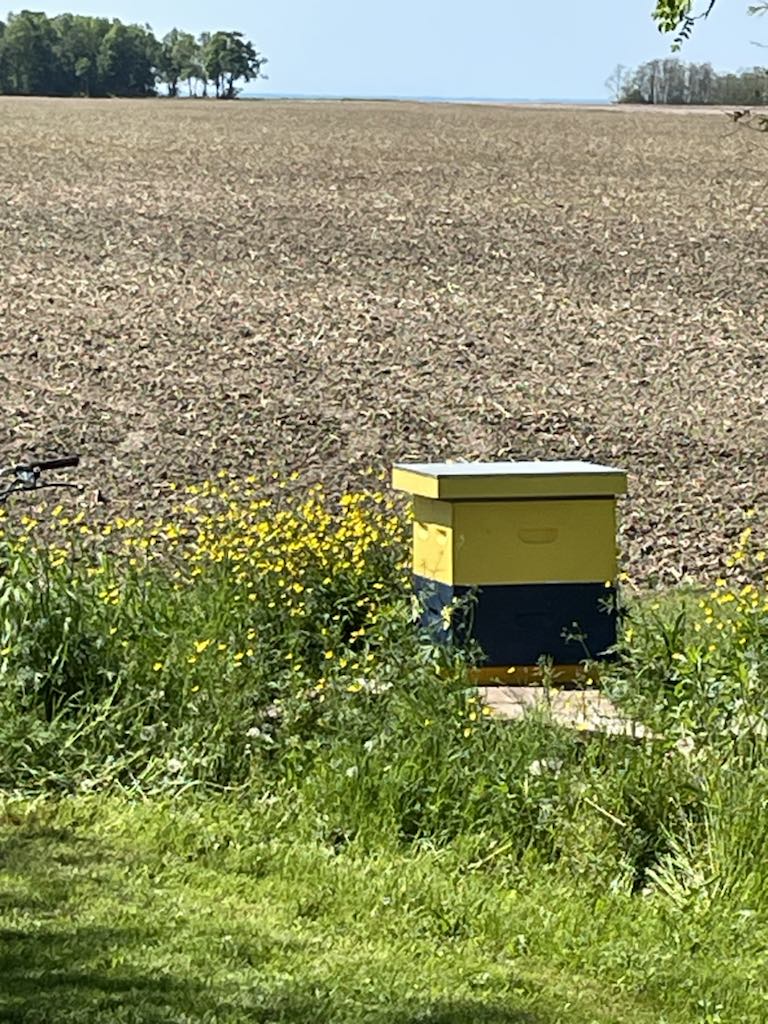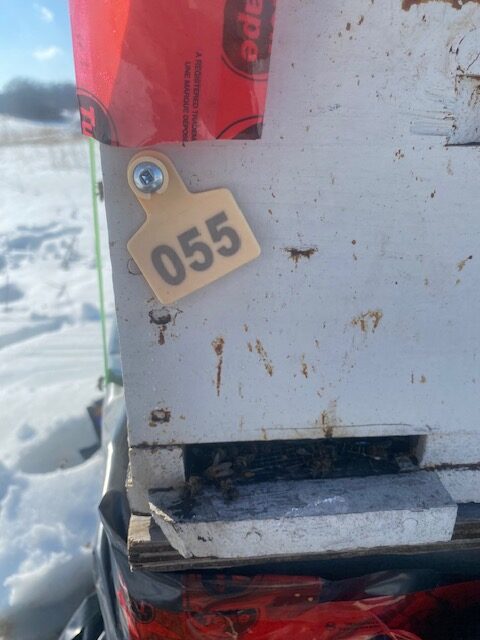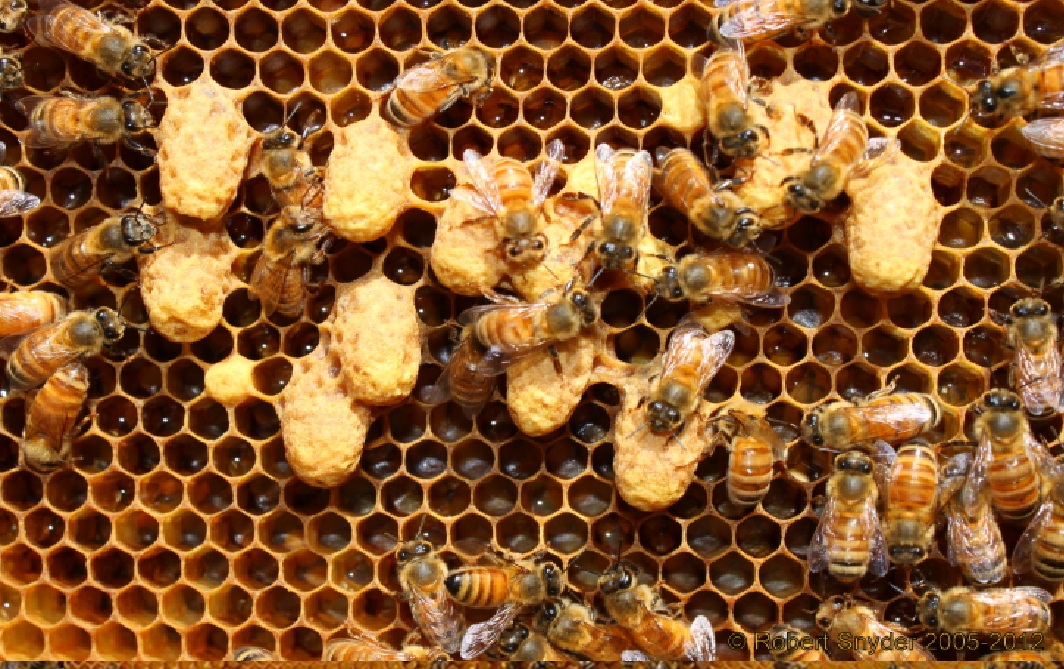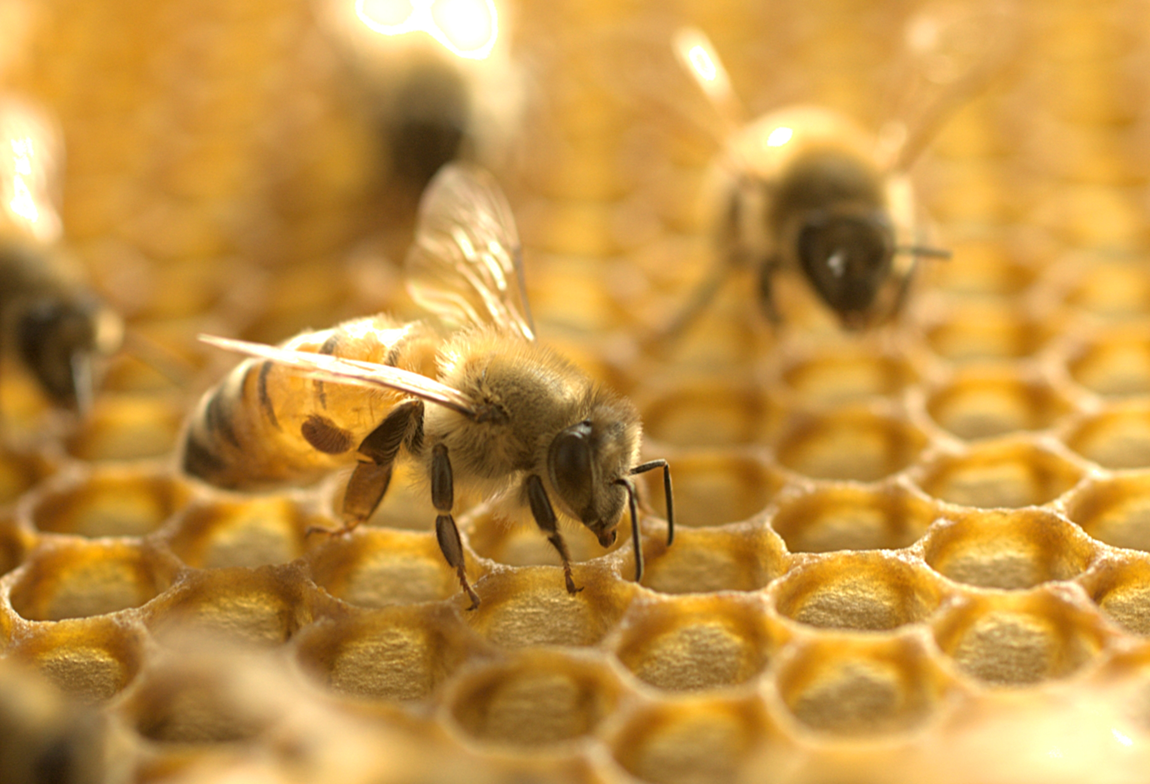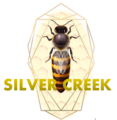I have been to a lot of trade shows and conferences. The OBA Fall conference in Peterborough was small by most standards, but it was very valuable. The Ontario beekeepers have more knowledge than they think they do. I had some very interesting conversations that opened my eyes and changed how I keep bees.
The biggest thing I learned that I later backed up by following Randy Oliveras was that we need to treat bees all year. I purchased my first instavape from Dancing Bee.
I long knew there were two ways to keep bees. The hobbyists are fed one line of thinking, and the commercial beekeepers follow another. The two best pieces of information I left the conference with were a) old comb is a death trap, and b) by the time you have a heavy load of mites it is too late.
This was my first introduction to the manufacturers, and most were friendly and knowledgeable. I think the main thing that is important is to find real world, field experiences and data to back up any product before you buy it. Most of the equipment sold to hobby beekeepers is useless. Another thing I am fast learning as John and I transition from hobby beekeepers to sideliners is that a lot of information is woefully out of date.
The nugget of Gold that I walked away from the OBA conference with is the concept of overwintering queens inside. Grace McKinney from University of Guelph and Kawartha bees have been working on overwintering nucs in a shipping container for a couple of years.
We toured their facility and were impressed. We will definitely stay in touch with Grace and learn as much as we can. We now have two streams of thought to improve our overwintering. The ‘Canadian’ method of overwintering nucs, and the indoor method.
Edit August 2024
John returned to the Kawartha facility and took a tour with Grace. He took a deeper look into the set up of the shipping container.
We have decided to build our own in 2025 for overwintering nucs and possibly learning how to bank queens. We know this is a major undertaking, but our long term goal is to grow. If we meet our goals we will have a much larger indoor overwintering building.
As someone who has a background in project management and risk management, I thought it prudent to learn with a small building, make our mistakes, and so we don’t make them when we have a large facility.
Edit: Fall 2024
I wanted to come back and address the old comb theory. We tossed all our old comb last spring and started with new comb. The down side was that we have almost no honey to sell, and will have very little honey to sell next year as we are purchasing 3000 new frames this winter. I have heard 2 theories. The first says it takes 3lb of honey to make 1lb of wax, the other says it takes 6lb.
The one thing we learned is that queens lay better in new comb. They have better laying patterns, they lay faster, and they will lay more frames. We compared 10 double nuc hives (palmer hives) against 10 doubles in our yards. Both hives had a minimum of 6 frames of bees to start.
The queens in the new comb were laying 1 frame of eggs more every 10 days. We put an old comb in both sets of hives. The singles did lay in the old comb, but later in the season and only laid a small patch. The queens in the double nuc hives avoided the old comb and would not lay even when they had nothing else.
Our First Year with Instavape?
So, was our first year with instavape a success? 100%. We were able to stay on top of the varroa mites, even when our strips were ineffective. In fact, we bought a second instavape in September so that we could treat all the hives in less time.

